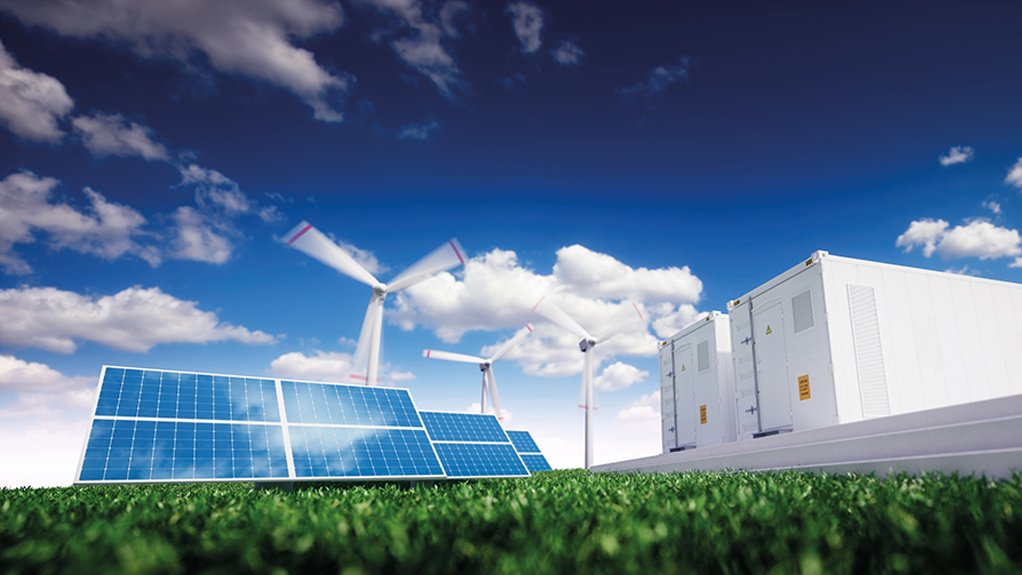
The south-west African Republic of Namibia sought to become the sustainability hub of Africa and aimed to become the first carbon-neutral country on the continent. This was highlighted on Wednesday by Namibia Investment Promotion & Development Board executive director: investments and new ventures François van Schalkwyk. He was addressing an Invest in Namibia Roundtable, which was a side event of the Africa Energy Indaba, being held at the Cape Town International Convention Centre.
“We believe that our energy mix will be predominantly green by 2040,” he reported. “Namibia has high, constant wind speeds, particularly on the south coast. It has the highest potential [in the world] for PV [photovoltaic solar] output.”
NamPower, the country’s national electricity utility, started its first renewable energy project ten years ago, pointed out NamPower executive: modified single buyer Kandali Iyambo, addressing the same roundtable. Currently, the country had to import 50% to 60%, and even on occasion 70%, of its electricity from the neighbouring countries of South Africa, Zambia and Zimbabwe. But Namibia now had 160 MW of renewable energy capacity online (generated by independent power producers, or IPPs), with another 214 MW in the pipeline (that will be produced by both IPPs and NamPower). These renewable projects included both wind and PV plants.
“We have a dream, as Namibia, to be [energy] self-sufficient,” she said. But the country intended to maintain its interconnector network with its neighbours and continue to support regional energy interdependence. And she cautioned that an electricity grid could not operate optimally with only renewable energy sources. Baseload power was needed and the country was looking at implementing a baseload power plant, that could make use of the country’s own hydrocarbon resources.
One key function of renewable energy in Namibia would be to produce green hydrogen and ammonia, stressed Van Schalkwyk. Initial production of green hydrogen was expected to begin in 2026. The first full-scale plant should be completely operational by 2030. It would have a 5 GW capacity renewable energy supply, plus 3 GW from electrolysis and produce up to 300 000 t/y of green hydrogen and/or ammonia.
“We are really confident that we can produce green hydrogen for between N$25 and N$33,” he stated. “We’re quite confident we’ll be one of the cheapest locations, alongside, perhaps, Chile, to produce hydrogen.”


